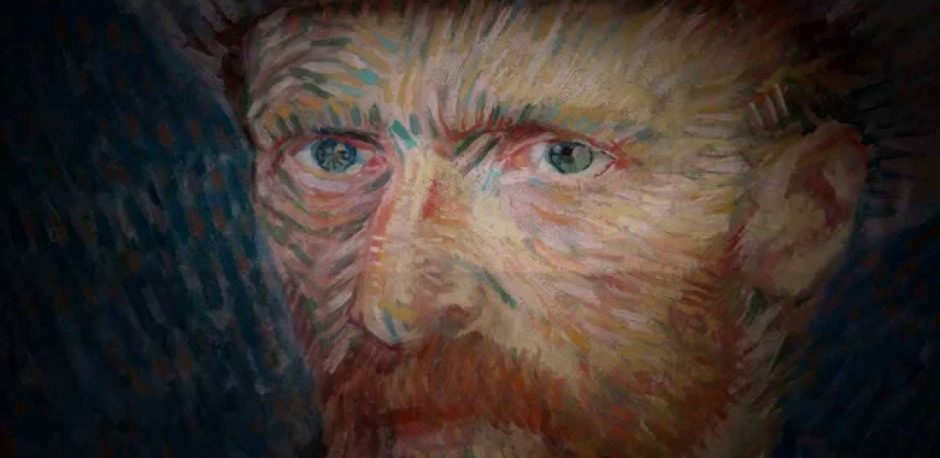Joyce Glasser reviews Vincent Van Gogh: A New Way of Seeing (April 14, 2015) Cert. PG, 96 min.
Exhibition on Screen – April 14th 2015 at selected cinemas.
If you are doing anything on April 14th, cancel it and book a seat for Vincent Van Gogh: A New Way of Seeing. Part of the Exhibition on Screen series, this engrossing and moving look at the artist’s short life and prolific work is coming to local cinemas around the world a week from today, Tuesday, 14 April!
While opera relayed live by satellite to cinema audiences has been an acknowledged success, theatre is more difficult to appreciate given the double distancing. Art is more difficult still if you believe that a great work emerges in the space between the canvas and the viewer’s eye. Undaunted, Producer Phil Grabsky, who brought us the superb documentary biopic, In Search of Beethoven, is pushing ahead with his goals of bringing great art to a wider audience via cinema, cornering the niche market of art event entertainment.
After giving us front row seats to exhibitions on Matisse from the Tate Modern, Manet (from the Royal Academy) and Leonardo da Vinci (from the National Gallery) among others, Grabsky turns to the newly refurbished Van Gogh Museum in Amsterdam, which has just re-hung its famous collection of masterpieces.
Vincent Van Gogh: A New Way of Seeing is not an exhibition of paintings on film, however. For one thing, the Gallery’s collection is permanent, and not, an exhibition as such. But more importantly, Grabsky packs in the value-added, taking us beyond the museum walls in the footsteps of Van Gogh. Along with selected paintings from the museum, we get a well-written biopic, complete with readings from Van Gogh’s famous letters to his brother, Theo, who figures large in the artist’s life.
Unlike his other art exhibit films, Grabsky spends most of the film on location, visiting the locations identified with Van Gogh’s family; his failed careers as an art dealer, teacher and minister, and his art. We travel to the Yellow House in Arles, where he painted the famous Sunflower series for his house guest, Gauguin’s bedroom; and St Remy de Provence where he committed himself to a psychiatric hospital shortly after Gauguin’s departure in 1989.
We learn about Van Gogh’s early years in the Netherlands, his failed attempts to be a teacher and a preacher, his disastrous relationships with women and his moving Potato Eater paintings from Belgium. The film is particularly moving when describing Van Gogh’s final days in Auvers-sur-Oise, a town an hour north of Paris. Theo thought his brother would be safe there, closer to Theo and his family in Paris, and under the watchful eye and treatment of Doctor Gachet in Auvers, whom his patient immortalised in a series of portraits.
But within three months of arriving in Auvers, on 27 July 1890, Van Gogh had shot himself. Fortunately for posterity, he continued painting right up to the day of his suicide.
You can watch the film trailer here:





